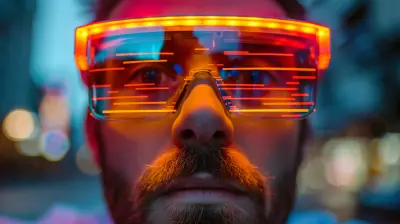Wearable Devices for Mindfulness and Meditation: A New Approach to Wellness
5 October 2025
In today’s fast-paced world, finding a moment of calm can feel like searching for a needle in a haystack. Between work, family, social obligations, and the endless stream of notifications pinging from our devices, it’s no surprise that stress levels are skyrocketing. But what if I told you that the very technology that seems to be adding to our stress could also help reduce it? Enter wearable devices for mindfulness and meditation—gadgets designed with wellness in mind.
These wearable devices are more than just fitness trackers. They offer a new way to practice mindfulness and meditation, helping us reconnect with ourselves amidst the chaos. And the best part? They’re always with you, right on your wrist, head, or even around your neck, ready to guide you toward a more peaceful state of mind.
Let’s dive into the world of wearable mindfulness devices and uncover how they can help you take control of your mental well-being.
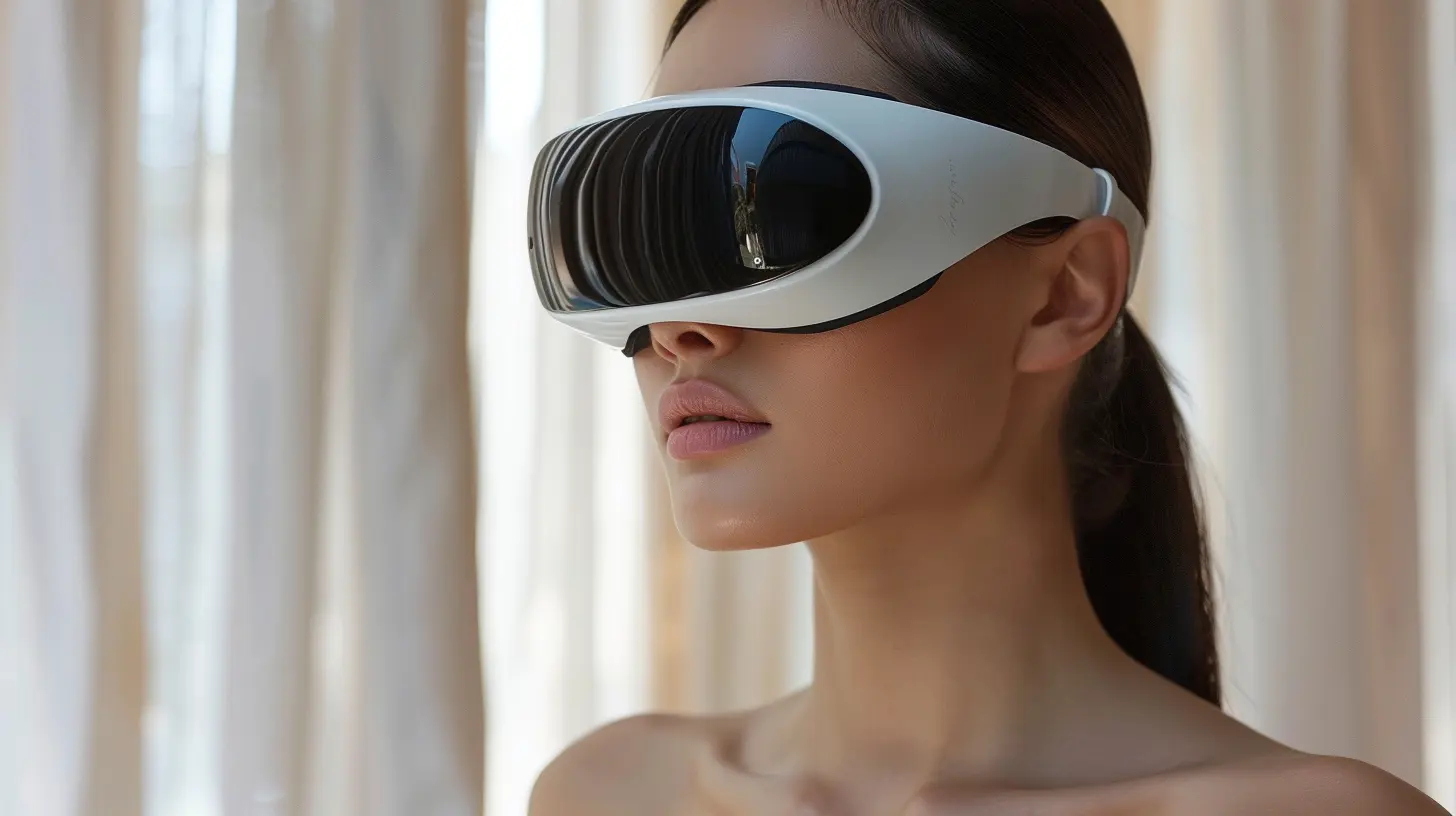
What Are Wearable Devices for Mindfulness and Meditation?
Before we go any further, let’s break down what we’re talking about. Wearable devices for mindfulness and meditation are gadgets specifically designed to help you monitor and improve your mental and emotional health. These could range from wristbands and headbands to necklaces, all equipped with sensors that track things like your heart rate, breathing patterns, and even brain waves.These devices often come with an app that provides guided meditation sessions, breathing exercises, and real-time feedback on your stress levels. Through a combination of biofeedback and mindfulness techniques, they aim to help you achieve a calmer, more focused state of mind. Think of them as your personal wellness coach, but without the hefty price tag of a human wellness expert.
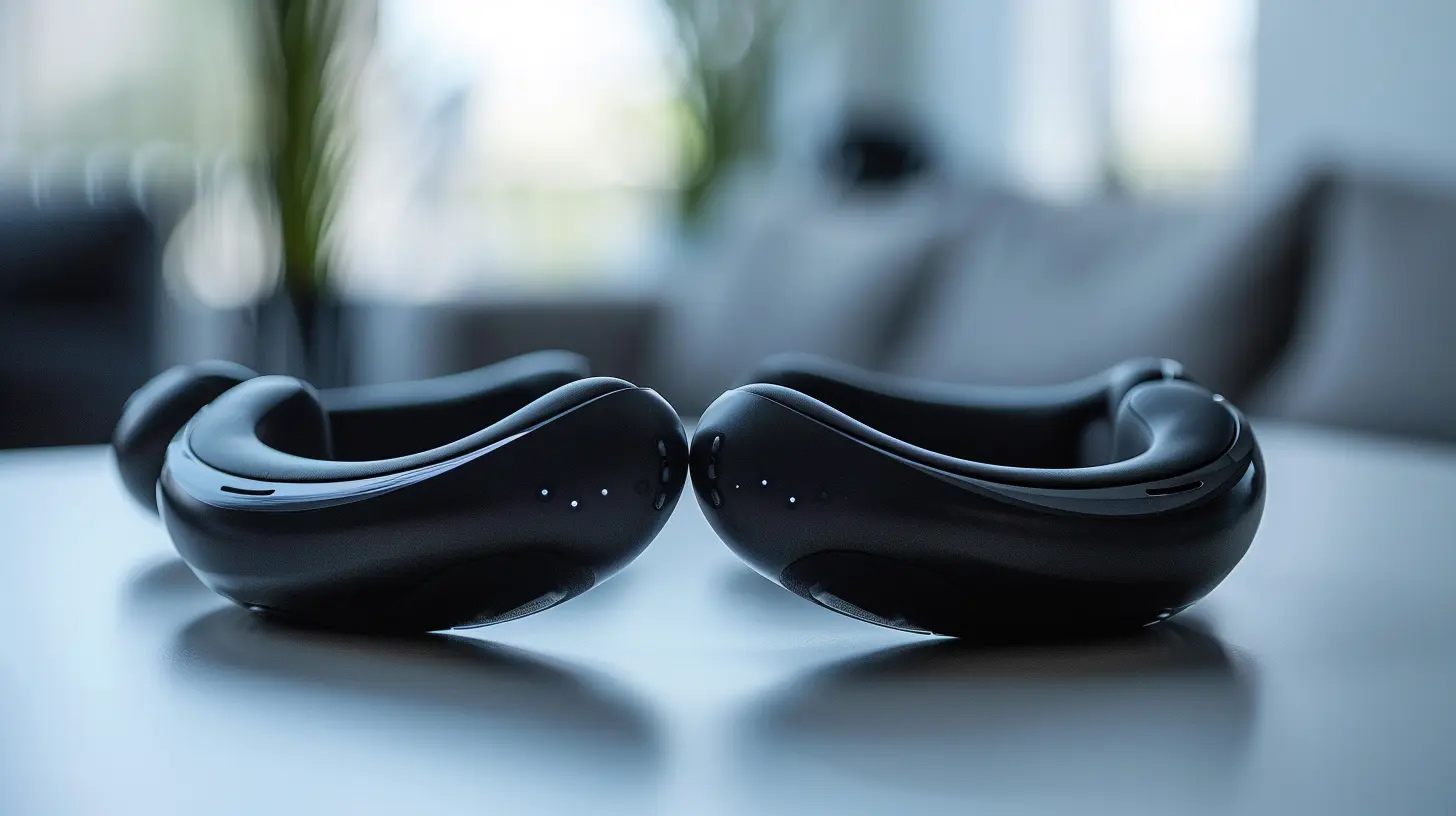
Why Wearables for Mindfulness? Why Now?
You might be wondering: Why should I use a device to meditate? Isn’t meditation supposed to be all about disconnecting from technology? It’s a fair question. After all, traditional mindfulness practices encourage us to step away from screens and distractions.But here’s the thing: We’re already so intertwined with our devices that they’ve become an integral part of our daily lives. It’s easier to incorporate mindfulness into our routines if the tool is something we’re already using. Instead of fighting against technology, why not use it to our advantage?
Wearable mindfulness devices aim to bridge the gap between our tech-heavy lifestyles and the need for mental balance. They make mindfulness accessible, even for beginners, by guiding you through meditation exercises, reminding you to take deep breaths, and nudging you when your heart rate spikes. These devices help you practice mindfulness in bite-sized chunks throughout the day, making it easier to integrate into your busy life.
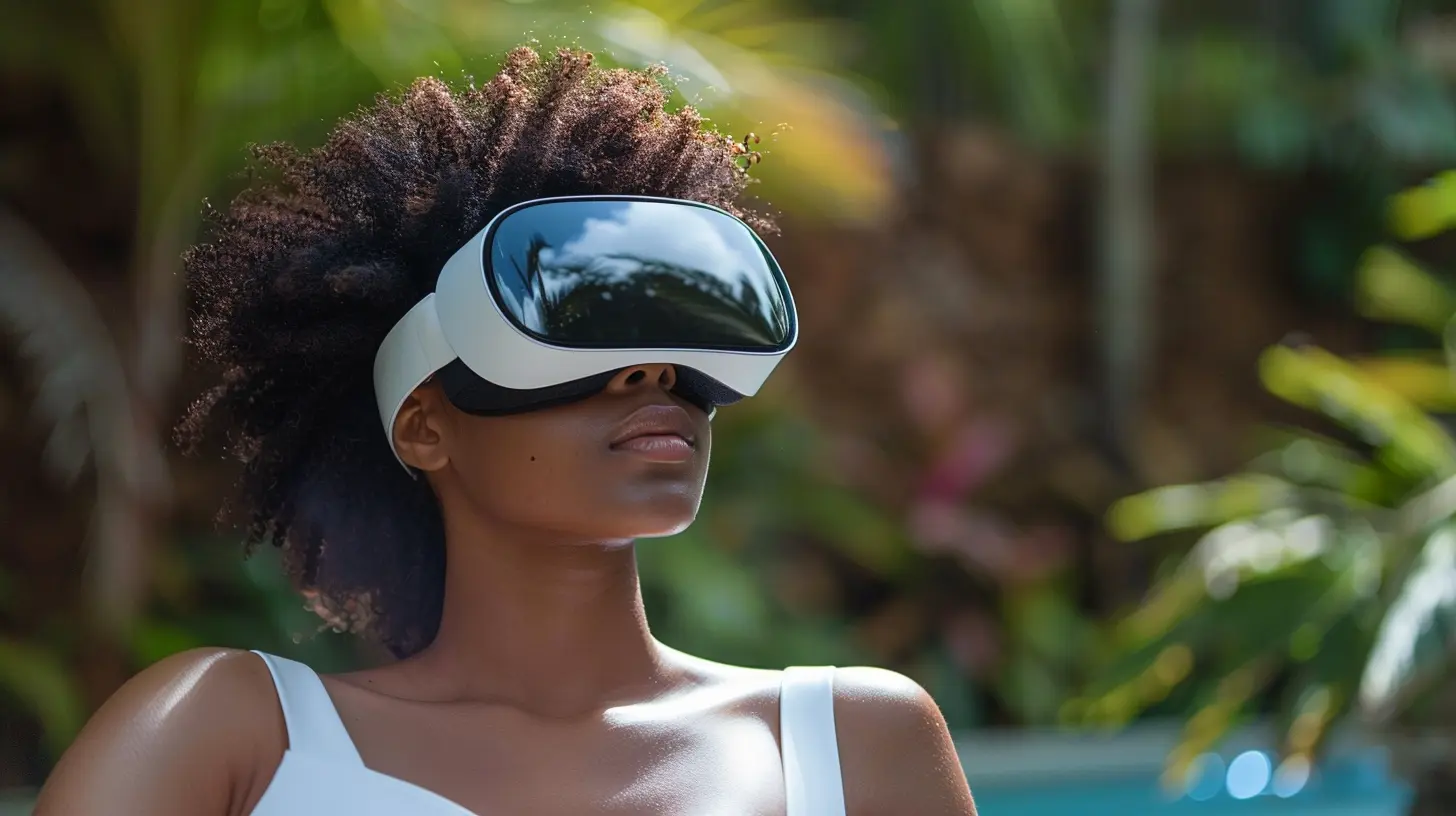
The Science Behind It: How Do Wearable Devices for Mindfulness Work?
Alright, let’s get into the nitty-gritty. How do these devices actually work? It’s not magic—although it might feel like it when you notice how effective they can be.Most wearable mindfulness devices rely on biofeedback. Biofeedback is a technique that teaches you to control bodily functions—such as your heart rate or breathing—by providing real-time feedback from sensors. When you become more aware of what’s happening in your body, you can learn to manage stress and enter a more relaxed state.
Here’s a breakdown of some of the key metrics these devices monitor:
1. Heart Rate Variability (HRV):
HRV is the variation in time between each heartbeat. It’s a good indicator of your body’s stress levels. A higher HRV generally means you’re in a relaxed state, while a lower HRV suggests stress or anxiety. Many wearable mindfulness devices track your HRV and provide insights into how your body is responding to stress.2. Breathing Patterns:
Some devices monitor your breathing and guide you through exercises to encourage deep, mindful breaths. When you breathe deeply and slowly, you activate the body’s parasympathetic nervous system, which helps to lower stress levels.3. Brainwaves:
Certain advanced devices, like headbands, can actually measure your brainwave activity. These devices use EEG (electroencephalogram) sensors to track how active your brain is. The goal is to help you reach a meditative state where brainwave patterns slow down, indicating relaxation.4. Skin Conductance:
Some wearables measure how much you sweat (even when you don’t notice it), which is a sign of stress. By monitoring skin conductance, the device can alert you when your stress levels rise, prompting you to take a moment to breathe or meditate.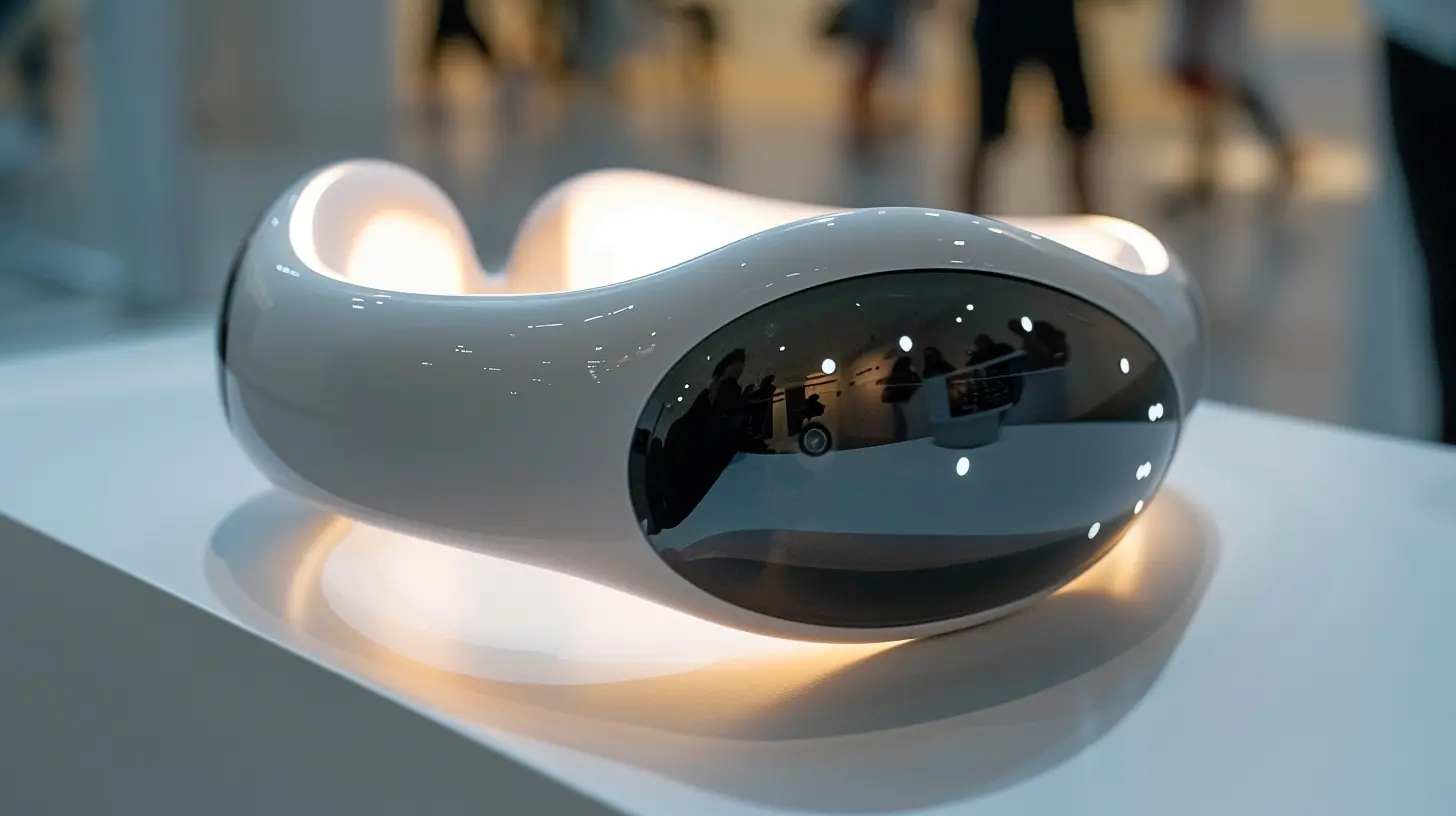
Popular Wearable Devices for Mindfulness and Meditation
Ready to explore this brave new world of tech-driven mindfulness? There are plenty of options out there, each with its own unique features. Here are some of the most popular wearable devices for mindfulness and meditation:1. Muse: The Brain Sensing Headband
Muse is like having a meditation coach strapped to your head. It uses EEG sensors to monitor your brain activity in real-time. When your mind starts to wander, the device offers feedback to guide you back to a calm, focused state. During a meditation session, you’ll hear soothing sounds like ocean waves or rainfall when you’re calm, but if your mind starts to race, the sound might intensify, encouraging you to refocus.Muse even provides post-session reports on how well you did, making it easier to track your progress over time.
2. Spire: The Stone Stress Relief and Activity Tracker
Spire is a sleek, stone-shaped device that clips onto your clothing and measures your breathing. By tracking your breath, Spire can detect when you’re feeling stressed and gently remind you to take deep, calming breaths. It syncs with an app that offers guided breathing exercises and meditation sessions.Spire also tracks your physical activity and sleep, giving you a fuller picture of your overall well-being. It’s like wearing a little stress-buster on your hip.
3. HeartMath Inner Balance
HeartMath takes a unique approach by focusing on heart rate variability (HRV). The Inner Balance device clips to your earlobe and pairs with an app to guide you through breathing exercises that can improve your HRV. By syncing your breathing with your heart rate, you can enter a state of “coherence,” where your body and mind are in harmony. This can lead to a profound sense of relaxation and focus.4. Apollo Neuro: Stress Relief Wearable
Apollo Neuro is a wearable that sends gentle vibrations to your body that help you relax. It’s designed to improve your resilience to stress by training your nervous system to recover more quickly. The device offers different modes, like "Calm," "Focus," and "Energize," allowing you to choose how you want to feel. It’s a discreet way to manage stress throughout the day, and it’s even been shown to improve sleep quality.5. Oura Ring
The Oura Ring is more known for tracking sleep and physical activity, but it also offers insights into your mental well-being. By monitoring your HRV, body temperature, and sleep patterns, the Oura Ring can help you identify when you’re feeling stressed. It offers suggestions on how to optimize your recovery, making it easier to balance work and relaxation.Benefits of Using Wearable Devices for Mindfulness and Meditation
At this point, you might be thinking, “This all sounds great, but what’s the real payoff?” Fair question! Here are some concrete benefits of using wearable devices for mindfulness and meditation:1. Real-Time Feedback:
One of the biggest advantages of these devices is that they provide real-time feedback. Whether it’s monitoring your heart rate or detecting when your mind starts to wander, these gadgets help you stay aware of your mental state at all times. This can be especially helpful for beginners who may struggle to stay focused during meditation.2. Convenience:
Let’s face it—life gets busy. It’s hard to carve out time for a full meditation session. With a wearable device, you can practice mindfulness in short bursts throughout the day, whether you’re at your desk, commuting, or even running errands. The device can gently remind you to take a deep breath or guide you through a quick meditation, making it easier to stay mindful, no matter where you are.3. Personalized Insights:
Wearable devices track your unique physiological data, offering personalized insights into your stress levels, sleep patterns, and overall well-being. Over time, you can see patterns emerge and make adjustments to your lifestyle to improve your mental health.4. Improved Sleep:
Many of these devices also track your sleep, providing insights into how stress is affecting your rest. By practicing mindfulness regularly, you can improve your sleep quality, which in turn helps reduce stress and improve your overall health.5. Stress Reduction:
Ultimately, the goal of these devices is to help you manage stress more effectively. By becoming more aware of your body’s signals and practicing mindfulness techniques, you can reduce anxiety and improve your emotional resilience.
Are Wearables the Future of Mindfulness?
So, are wearable devices the future of mindfulness and meditation? While they’re certainly not a replacement for traditional mindfulness practices, they offer a unique way to make mindfulness more accessible to people in today’s tech-driven world. They provide real-time feedback, personalized insights, and the convenience of practicing mindfulness on the go.For those who are new to meditation or find it hard to stick with a routine, wearable devices can be a game-changer. They take the guesswork out of meditation and make it easier to relax, even if you only have a few minutes to spare.
In the end, wearable mindfulness devices are just one tool in your wellness toolkit. Whether you’re looking to reduce stress, improve focus, or simply find a moment of calm in your busy day, these gadgets can help you take control of your mental well-being.
all images in this post were generated using AI tools
Category:
Wearable TechAuthor:

Vincent Hubbard
Discussion
rate this article
1 comments
Orionis McGehee
Innovative wearable tech enhances mindfulness; a game changer for wellness!
October 12, 2025 at 6:51 PM

Vincent Hubbard
Thank you! We're excited to see how innovative wearables can transform our mindfulness practices and support overall wellness.

